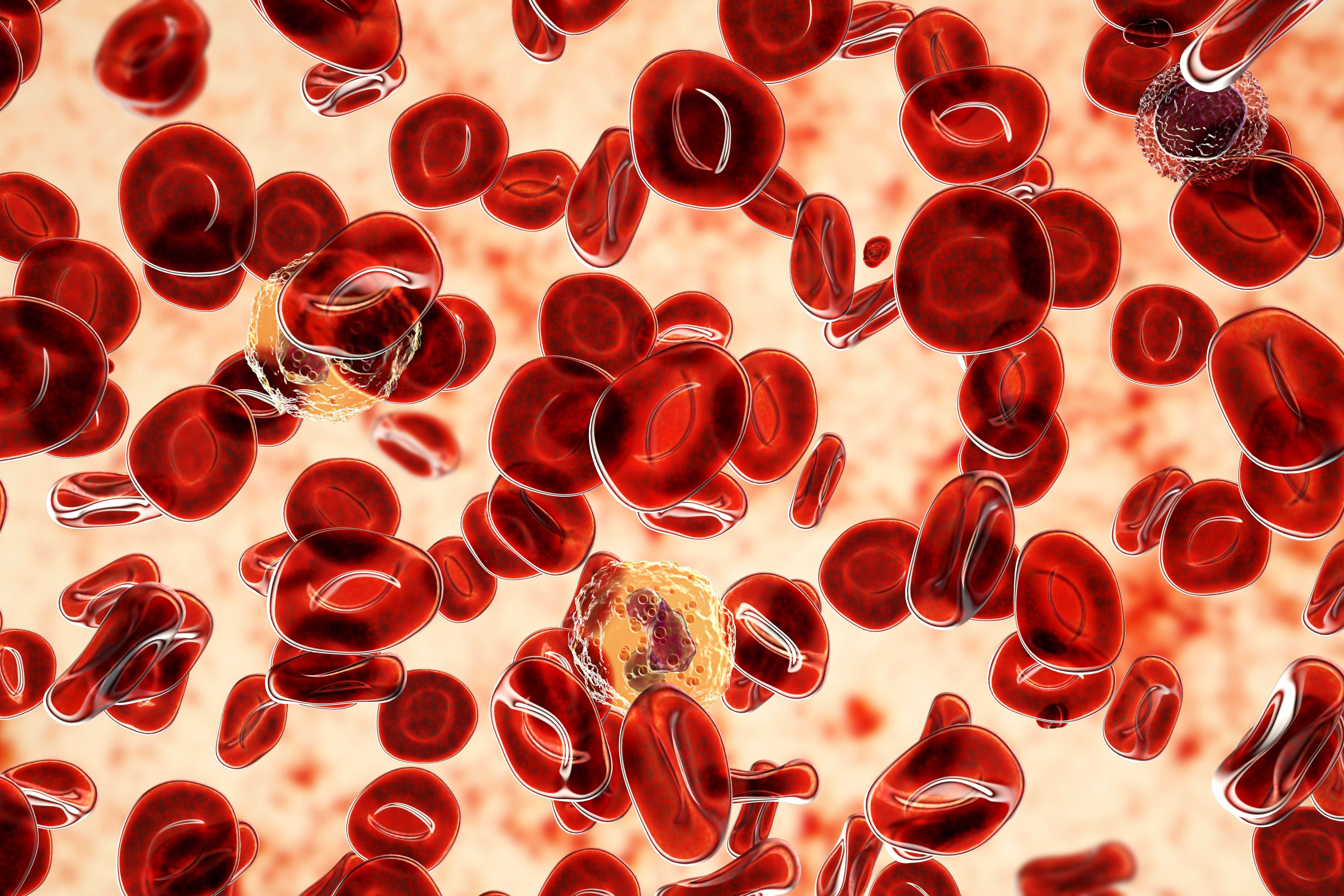Article
AML, Multiple Myeloma Can Be Treated Simultaneously, According to Case Study
Author(s):
It’s rare for a patient to be diagnosed with both acute myeloid leukemia and multiple myeloma at the same time, but a new case study suggests there are options to treat both diseases at the same time in such cases.
Synchronous acute-myeloid leukemia (AML) and symptomatic multiple myeloma (MM) can be treated successfully and simultaneously with the right combinations of therapies, according to a new case study.
The report, published in the journal Leukemia Research Reports, details the case of a 68-year-old man who responded to treatment and was able to live for 7 years after his diagnosis.
Corresponding author Bruno Quesnel, MD, PhD, of the University of Lille, in France, explains along with colleagues that secondary myeloid malignancies are a common risk following the treatment of MM. However, there is some evidence that both diseases have a common “ancestor.” For instance, some studies have suggested that early myeloid minor clones carrying chromosomal abnormalities or gene mutations are already present at the diagnosis of MM, which the authors say suggests malignant B-cell disease might coexist with clonal or pre-clonal myeloid hematopoiesis.
In the case report, Quesnel and colleagues explain how they treated a patient with chronic myelomonocytic leukemia (CMML) and smoldering MM, which later evolved into AML and MM.
When the patient first arrived in August 2012, a blood count showed only mild thrombocytopenia (143 G/L), and no renal impairment. A skeletal survey showed no lytic lesions, and an MRI that December showed only diffuse bone infiltrations and no evidence of focal lesions. Clinicians diagnosed him with low/intermediate risk smoldering myeloma, and took a wait-and-see approach.
Things changed a year and a half later.
“In April 2014, the patient developed peripheral blood monocytosis that reached 6.2 G/L, and a repeat bone marrow aspirate showed dual infiltration by 41% plasma cells and 65% dystrophic monocytes,” Quesnel and colleagues report. “A SNP array of CD138-sorted plasma cells revealed a pseudodiploid karyotype with -18, +1q, +6p, del13q, del16p, del16q, del22q and delXp, which is consistent with high-risk disease.”
The patient was diagnosed with CMML-1 and high-risk stage 3 MM. A bone marrow aspirate the following month showed 30% blasts. The patient’s myeloid karyotype was normal, and next-generation sequencing revealed mutations of TET2 and NRAS, along with overexpression of WT1.
“These results provided evidence of AML and MM coevolving from precursor states,” the authors write. “SFLCs were on the rise at 7200 mg/L, and blast and plasma cells were found at various levels on renewed bone marrow aspirates.”
Physicians and the patient opted for 7+3 induction chemotherapy. A bone marrow aspirate at 35 days showed 2% blast but also 7% dystrophic plasma cells. Further intensive consultation was set aside after the patient suffered a severe case of sepsis.
Instead, the patient was put on maintenance therapy of azacitidine and lenalidomide. After 6 progressing cycles, tests showed ongoing AML response and very good partial response to MM.
After 12 cycles, a bone marrow biopsy showed no blast excess and 10% plasma cells, the authors report. The therapy was continued with a lower dose of lenalidomide due to cytopenia.
In September 2017, doctors identified MM relapse, prompting them to discontinue lenalidomide and replace it with intermittent daratumumab. The patient had a very good partial response by December 2017, and he continued with further cycles until his AML relapsed in February 2019 with 60% blasts on bone marrow aspirate and no evidence of dystrophic plasma cells. The MM response, however, was stable. The patient was given 2 cycles of low-dose cytarabine with ventoclas, but died in May 2019 of leukemic progression, the authors report.
Quesnel and colleagues conclude that despite the difficult circumstances, their study suggests a path forward is possible for patients with simultaneous MM and AML, including the synchronous treatment of both.
“A rational design of new drug associations that are potentially active in both diseases should be considered in this very specific and rare clinical situation, where data from clinical trials are unlikely to become available,” they conclude.
Reference
Berthon C, Nudel M, Boyle EM, et al. Acute myeloid leukemia synchronous with multiple myeloma successfully treated by azacitidine/lenalidomide and daratumumab without a decrease in myeloid clone size. Leukemia Research Reports. 2020;13:100202.





